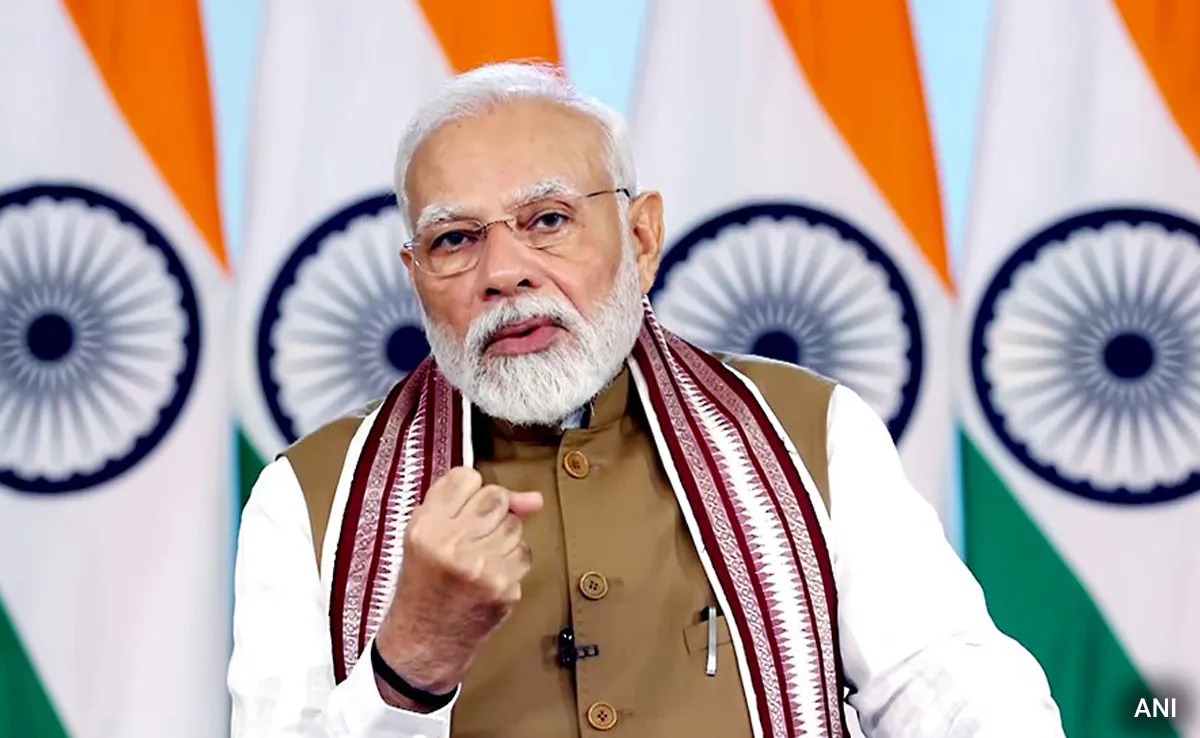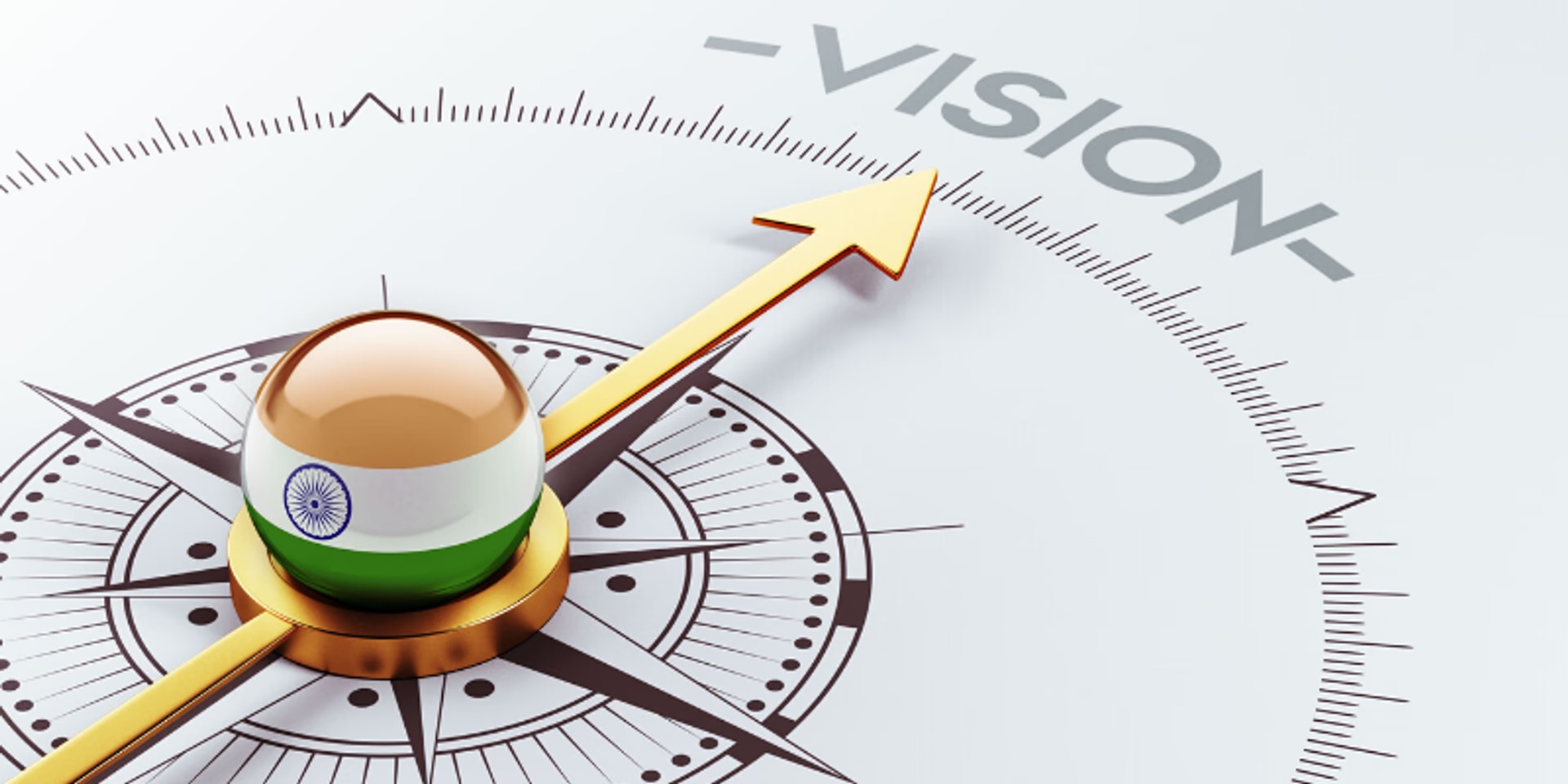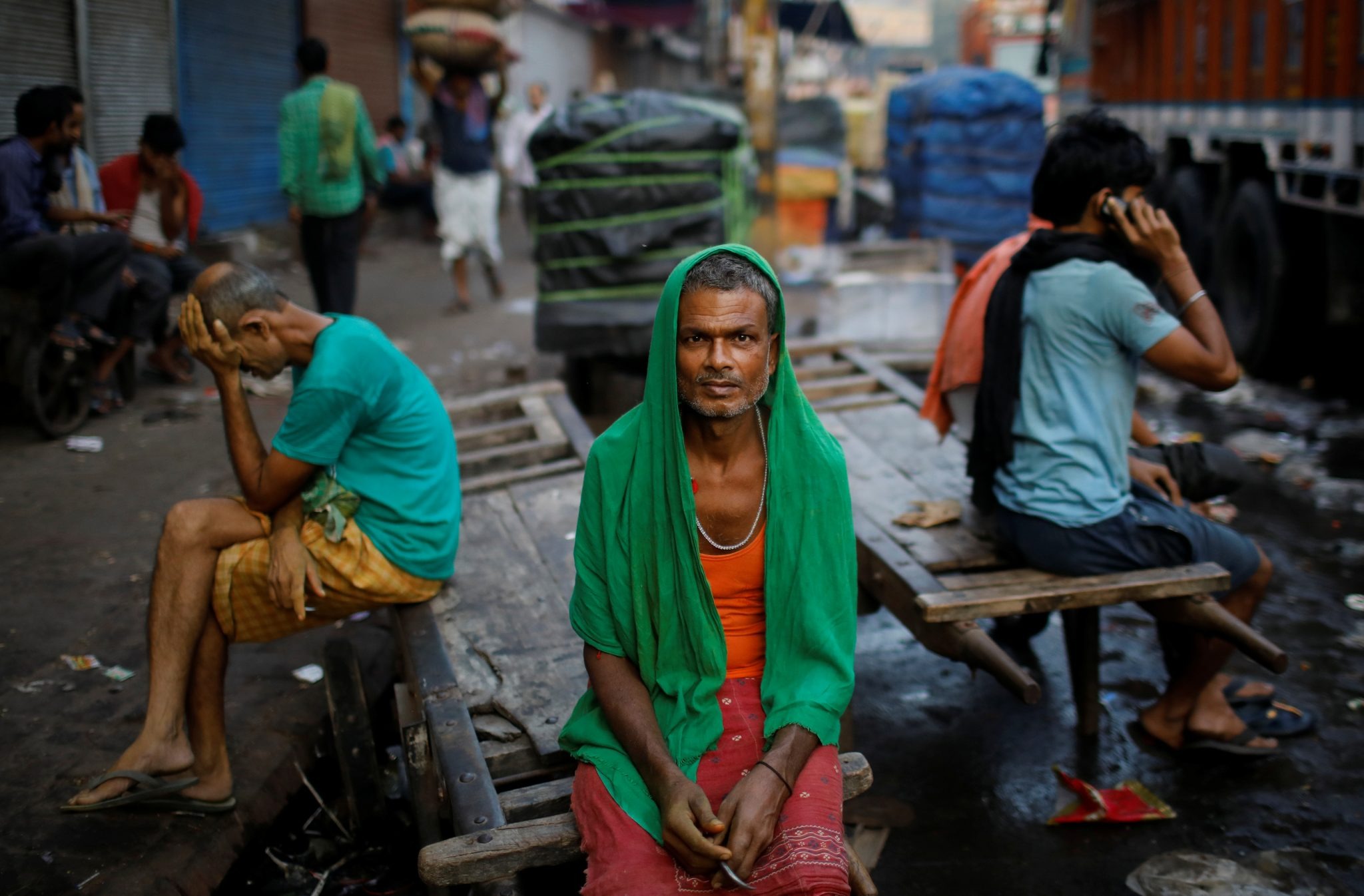Introduction
Narendra Modi became the 14th Prime Minister of India in May 2014 after his party, the Bharatiya Janata Party (BJP), won a historic majority in the 16th Lok Sabha elections—the first single-party majority at the Union level in 30 years. He was sworn in on 26 May 2014 at Rashtrapati Bhavan, heading the National Democratic Alliance (NDA) government.
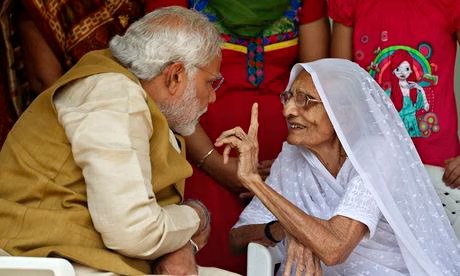
Background: The 2014 General Election
- Context: The election followed a decade of United Progressive Alliance (UPA) rule marked by high growth in the mid-2000s and later headwinds—slower growth, inflation, and public anger over corruption scandals.
- Campaign themes: Modi’s campaign emphasized development, governance, job creation, infrastructure, and a promise of “minimum government, maximum governance,” projecting a CEO-style leadership model built on his tenure as Chief Minister of Gujarat (2001–2014).
- Mandate: The BJP secured a single-party majority (282 seats out of 543), while the NDA crossed the halfway mark comfortably; the Congress registered its worst-ever tally up to that time.
The Swearing-In (26 May 2014)
- Venue and ceremony: The oath-taking took place in the forecourt of Rashtrapati Bhavan, New Delhi, administered by the President of India.
- Regional outreach: Leaders from South Asian countries attended, signaling a neighborhood-first optic at the outset of the new government’s term.
Early Priorities and Governance Style
- Administrative focus: Streamlining decision-making, curbing red tape, and pushing time-bound project clearances; strong use of the Prime Minister’s Office (PMO) to monitor implementation.
- Economic thrust: Reinvigorating infrastructure (roads, railways, ports, power), improving ease of doing business, and attracting investment through initiatives such as “Make in India” (launched later in 2014).
- Social sector and inclusion: Expanding financial inclusion via Jan Dhan (announced later in 2014), sanitation drives, and direct benefit transfer architecture to reduce leakages.
Political Significance
- Return to single-party majority: The 2014 verdict ended three decades of coalition-dominated governments at the Centre, enabling faster legislative and policy moves.
- Leadership transition: Marked a generational shift in national leadership and a strong, centralized executive style in New Delhi.
- Party landscape: The BJP emerged as the dominant pole of national politics; opposition parties began recalibrating strategies at both national and state levels.
Key Dates and Facts
- Election period: April–May 2014, with counting completed on 16 May 2014.
- Majority milestone: BJP achieved a single-party majority (crossing 272 seats) for the first time since 1984 elections produced a similar dominance for another party.
- Oath of office: Narendra Modi sworn in as Prime Minister on 26 May 2014.
Early Signals and Initiatives (2014 snapshot)
- Governance messaging: Emphasis on transparency, accountability, and speed of execution.
- Investment and manufacturing: “Make in India” pitched India as a manufacturing hub; parallel moves aimed at improving India’s ranking on global business indices.
- Financial inclusion and services delivery: Rapid rollout planning for bank accounts linked to Aadhaar and mobile (the JAM trinity), setting the stage for later direct benefit transfers and digital governance.
Interesting Notes
- Ceremony optics: The inclusion of neighboring heads of government at the swearing-in highlighted a diplomatic reset toward South Asia at the very start of the term.
- Communications: A new idiom of direct mass communication—from public rallies to digital platforms—became central to narrative-setting and governance outreach.
Why 2014 Matters
- Mandate for change: The election was widely interpreted as a demand for economic revitalization, cleaner governance, and more decisive leadership.
- Policy capacity: A single-party majority provided legislative bandwidth for reforms and set the template for subsequent policy initiatives in infrastructure, welfare delivery, and digital transformation.
- Political realignment: 2014 reshaped the competitive map of Indian politics, with downstream effects on state elections, coalition dynamics, and the contours of national debate.
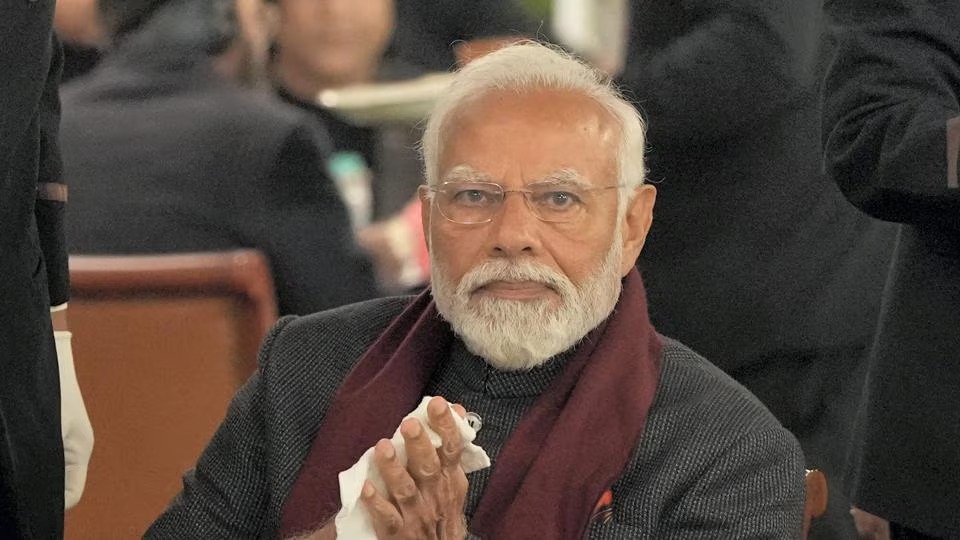
Conclusion
Narendra Modi’s ascent to the Prime Ministership in May 2014 marked a pivotal transition in India’s political and governance landscape: a decisive electoral mandate, a renewed focus on execution and growth, and a leadership style centered on centralized coordination and high-visibility national initiatives—setting the stage for policy and political trajectories in the years to follow.

